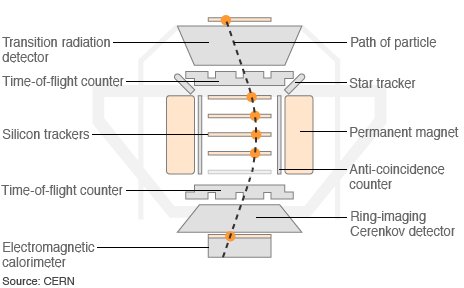A key tenant of Montessori is that students have an innate desire to learn, so, as a teacher, you should provide them with the things they need (prepare the environment) and then get out of the way as they discover things themselves.

In the book, The Upside of Irrationality, Dan Ariely explains from the perspective of an economist how people tend to value things more if they make it for themselves. He uses the example of oragami (and Ikea furniture that you have to assemble yourself), where he finds that people would pay more for something they made themselves, as opposed to the same thing made by someone else.
Just so, students value things more, and remember them better, if they discover them themselves.
(video via The Dish)



